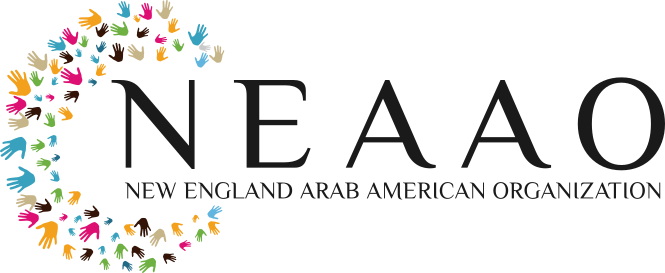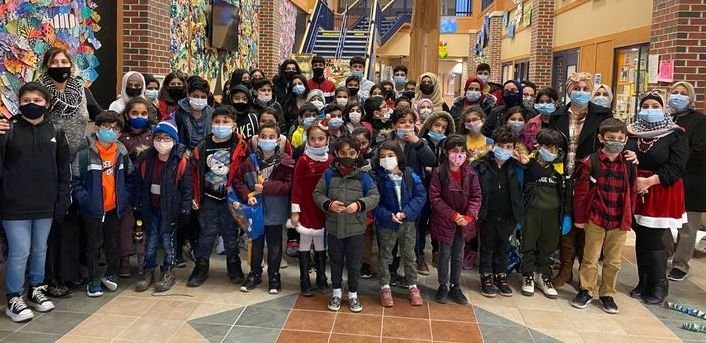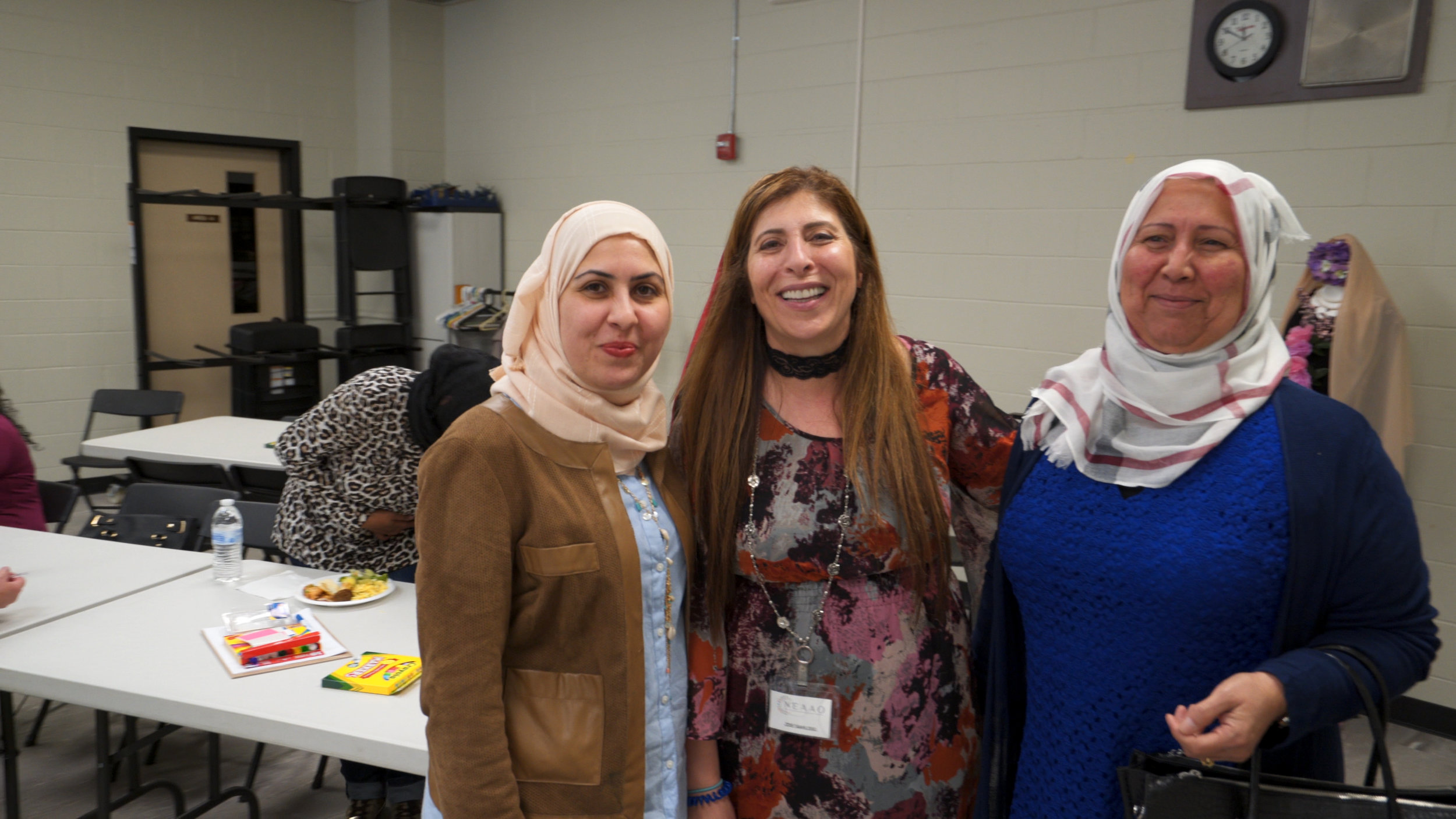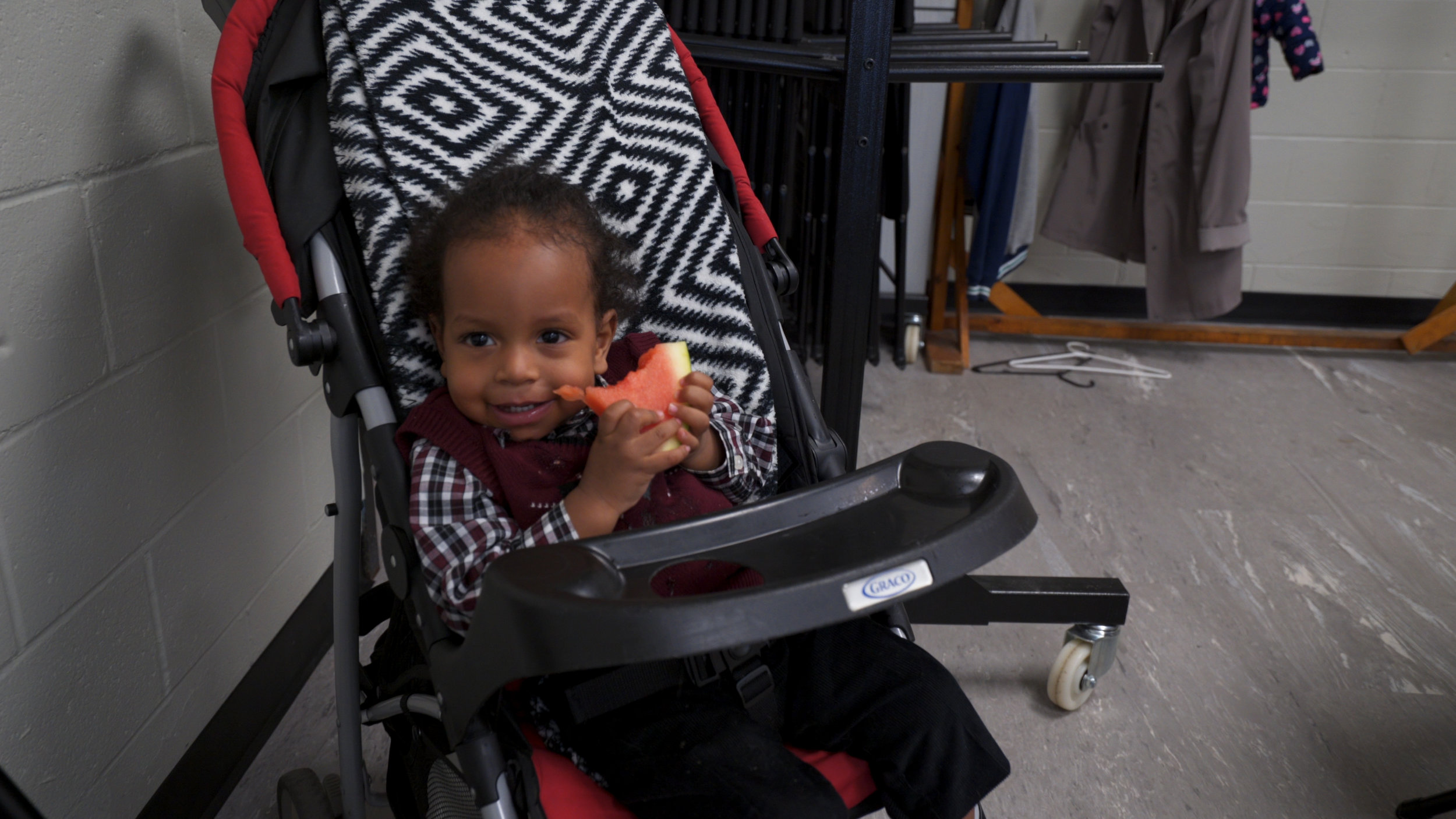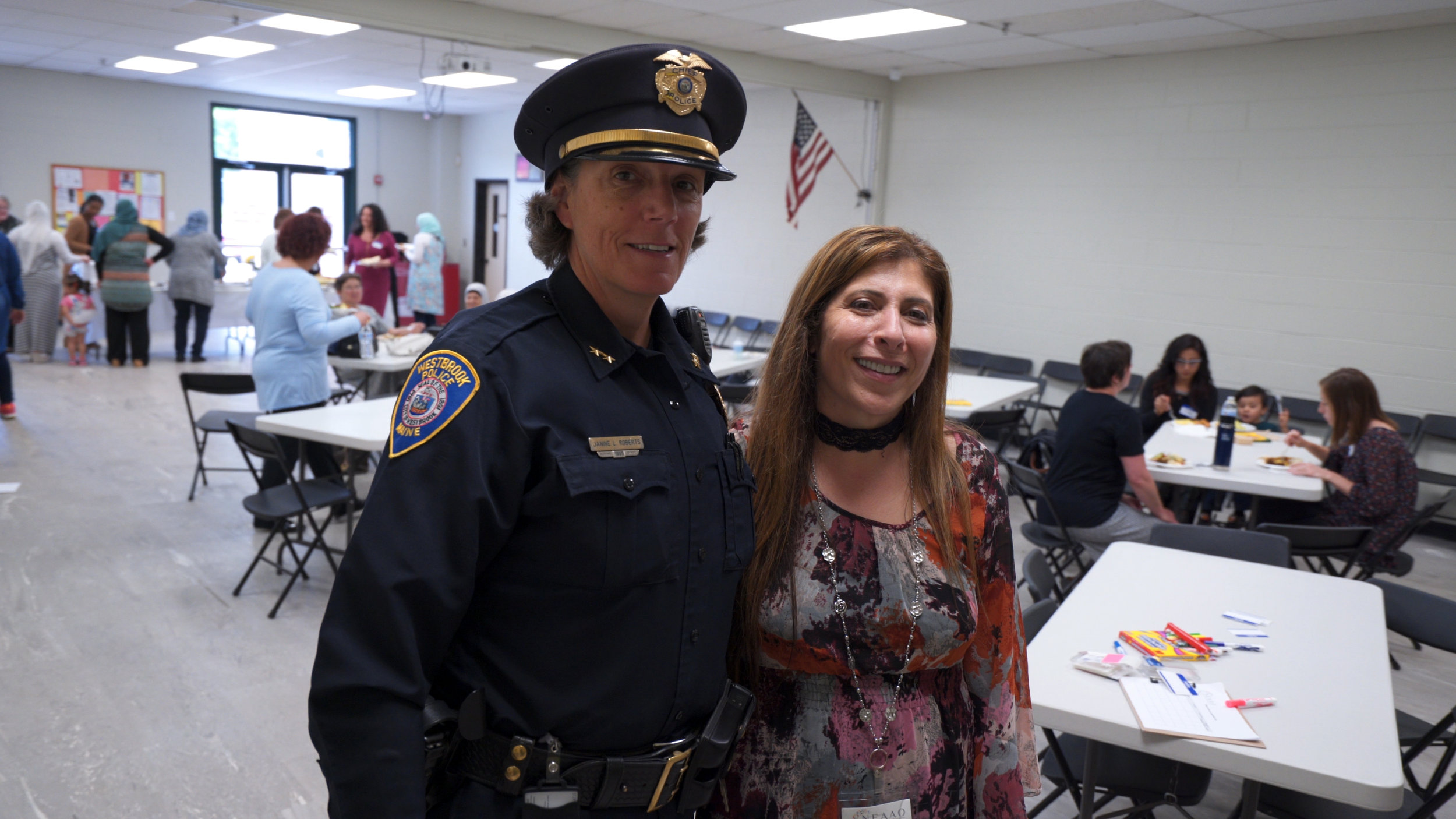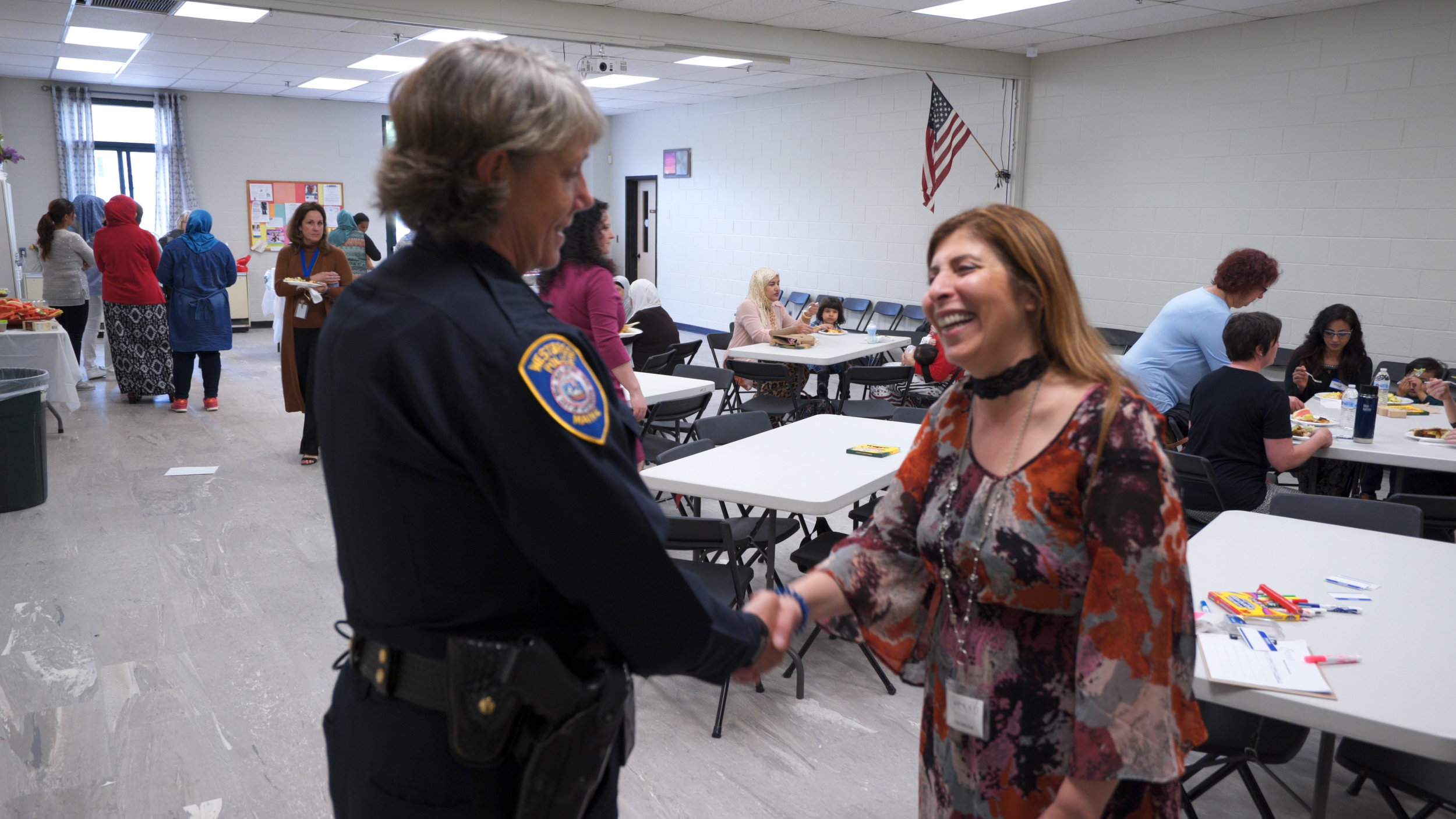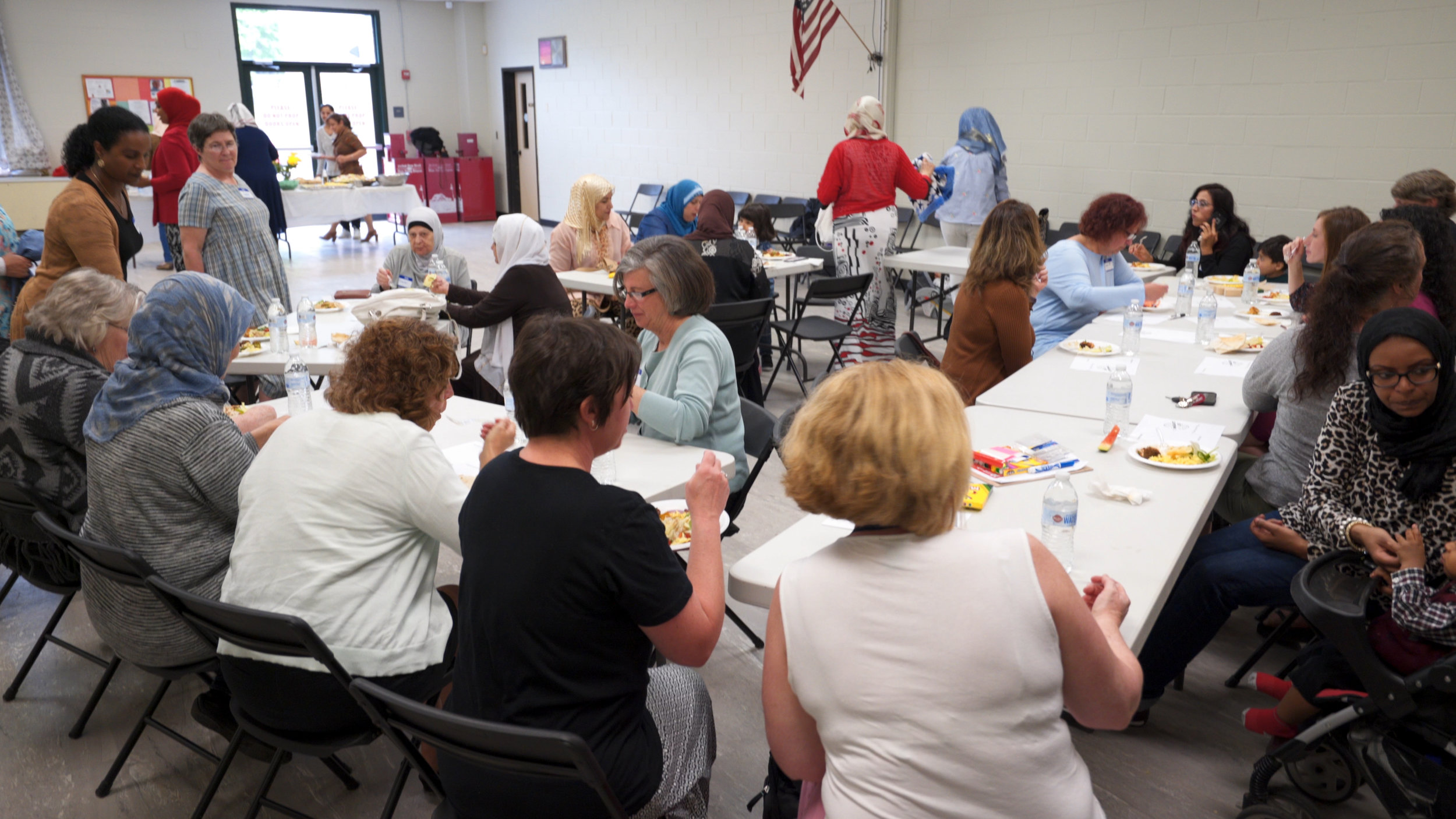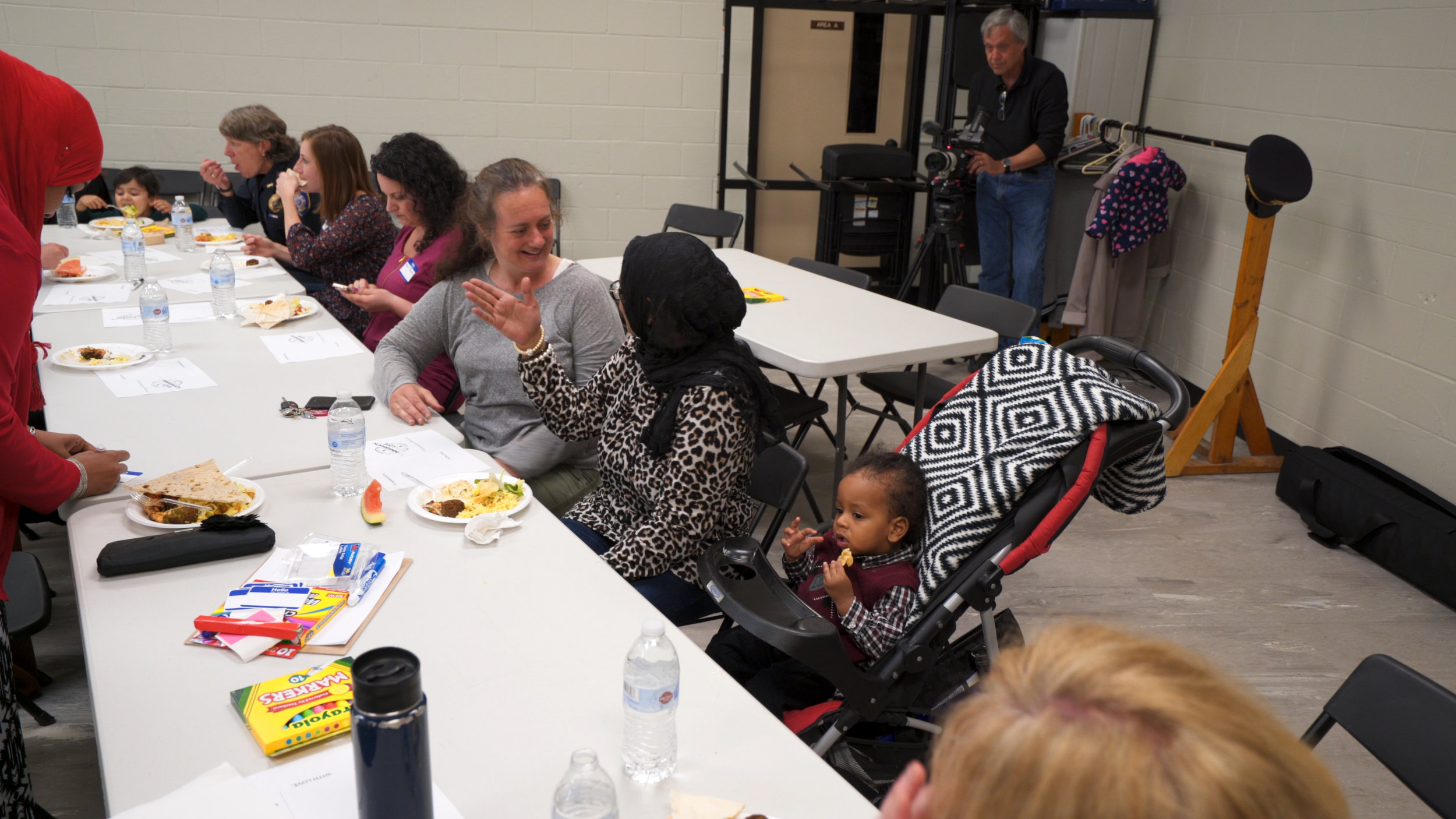TOGETHER CONNECTED ARABIC SCHOOL PROGRAM
TogetherConnected: is our Arabic school, NEAAO helps parents keep their relationship and social ties to their children. Trapped with the language barrier, parents start losing the ability to communicate with their children in their mother tongue and struggle more during their transition and integration. Keeping the Arabic language will help children improve their personal, social, intellectual, educational and economical future achievements.
NEAAO acknowledges this challenge and found that many of Arab immigrant’s children did not have the opportunity to learn reading or writing in their mother language (Arabic) due to war or immigration. By starting schools in the United States school system, Arab immigrants children find themselves in a new physical environment. The classroom is new, most of the classmates are strangers, the teacher is a stranger too. The structured way of learning is also new. If, in addition to these things, there is an abrupt change in the language of interaction, then the situation can get quite complicated and can negatively affect the child’s progress and behavior by suppressing children potential and liberty to express themselves freely. It dulls the enthusiasm of young minds, inhibits their creativity, and makes the learning experience unpleasant. All of which is bound to have a negative effect on learning outcomes.
NEAAO, however, is supporting the Arab community by creating an Arabic school where children ages 6 to 16 can join and learn reading, writing, communicating in Arabic or home language. This is a great tool that can help children navigate their new environment and bridge their learning at school with the experience they bring from home from the Arabic school.
We believe that by properly nurturing the Arabic language for the Arab immigrants children, we will be able to benefit them throughout their lives. Studies show that children who speak other languages will learn to speak, read and write English. However, unless parents and teachers actively encourage maintenance of the native language, the child is in danger of losing it and with that loss, the benefits of bilingualism. Maintaining the native language matters for the following reasons.
Personal: The child's first language is critical to his or her identity. Maintaining this language helps the child value his or her culture and heritage, which contributes to a positive self-concept.
Social: When the native language is not maintained, important links to family and other community members may be lost. By encouraging native language use, parents can prepare the child to interact with the native language community, both in the United States and overseas.
Intellectual: Students need uninterrupted intellectual development. When students who are not yet fluent in English switch to using only English, they are functioning at an intellectual level below their age. Interrupting intellectual development in this manner is likely to result in academic failure. However, when parents and children speak the language they know best with one another, they are both working at their actual level of intellectual maturity.
Educational: Students who learn English and continue to develop their native language have higher academic achievement in later years than do students who learn English at the expense of their first language.
Economic: Better employment opportunities in this country and overseas are available for individuals who are fluent in English and another language.
